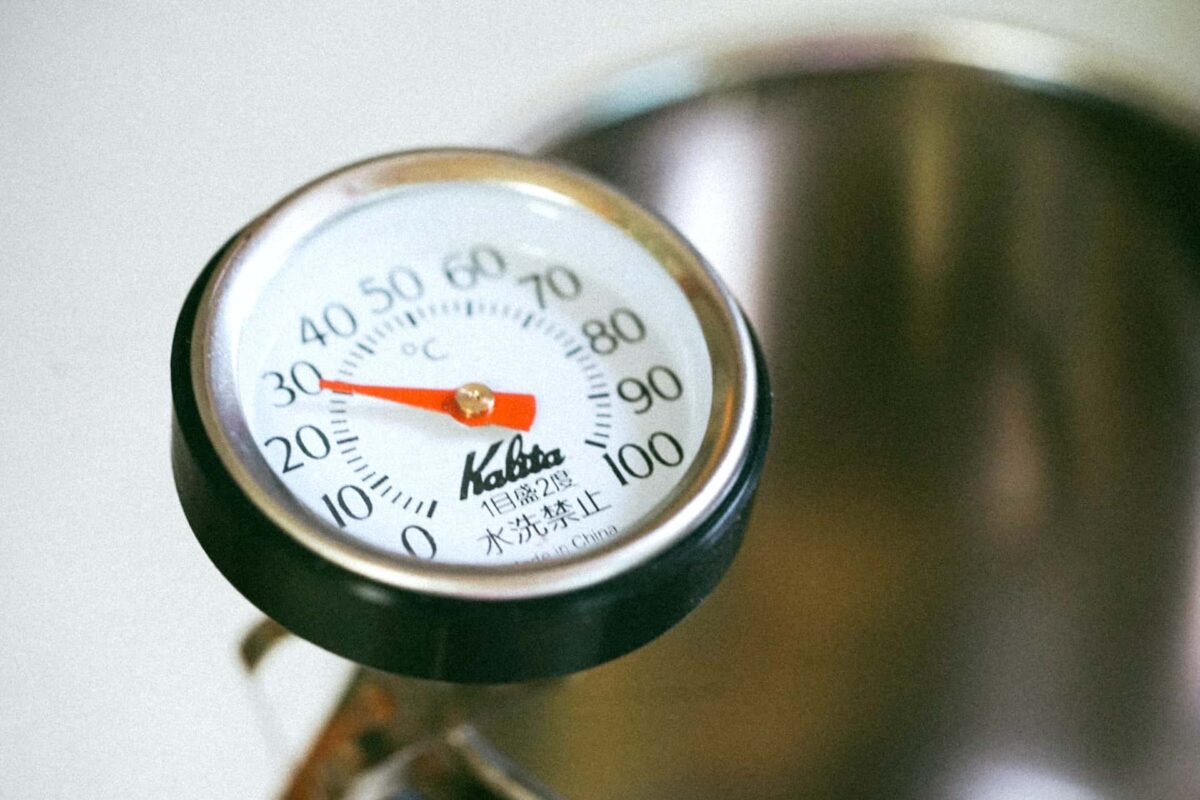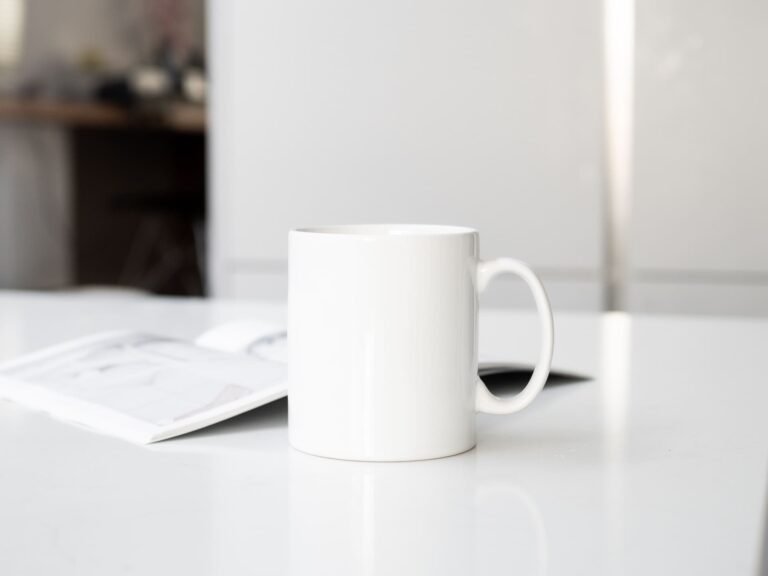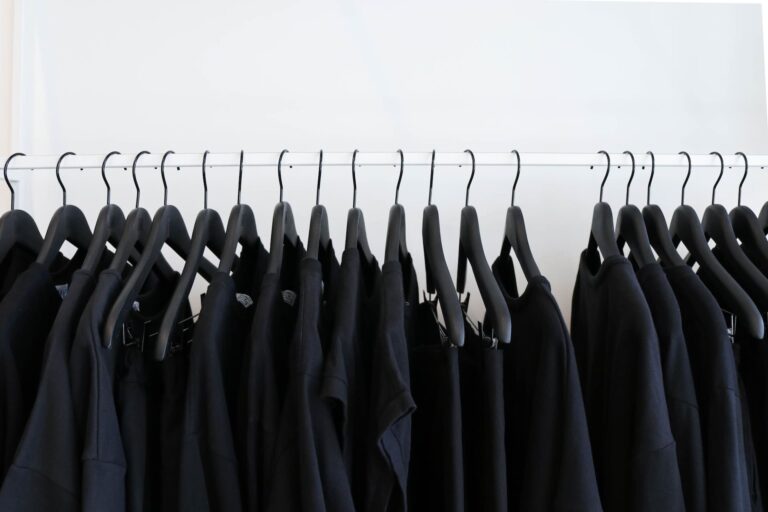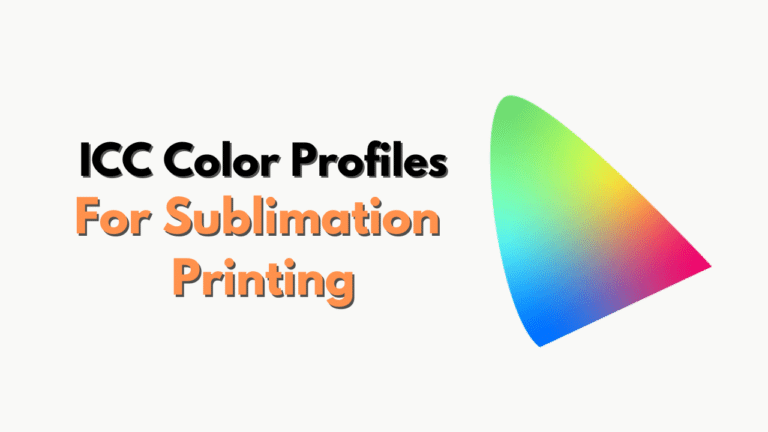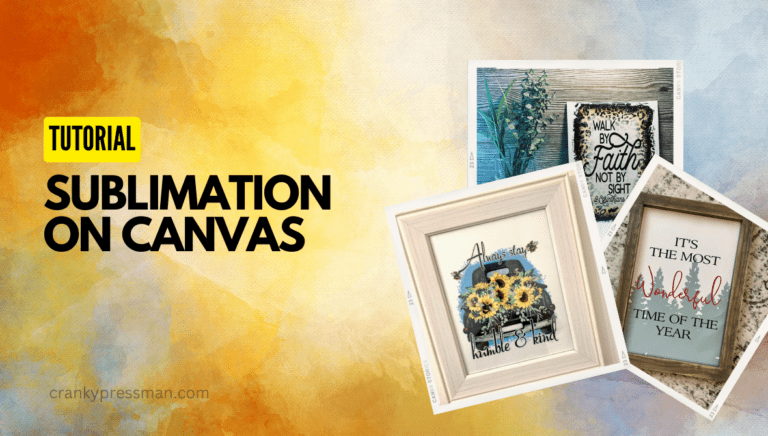Sublimation heat press settings: Temperature and time heat guide
You have everything set up: the sublimation printer, the ink, and the heat press machine, all ready to print on your substrate but does that guarantee the best results? Unfortunately, no, you need the correct sublimation heat press settings to ensure accurate, vibrant results. We faced the same dull-looking output issue on our substrate and for the most part, the reason it failed attempt wasn’t due to printer settings, paper, or sublimation ink.
We discovered that even if you have the sharpest color design on paper, it will only transfer to the target material (fabric, ceramic, metal, etc.) once you use the correct temperature and pressure settings.
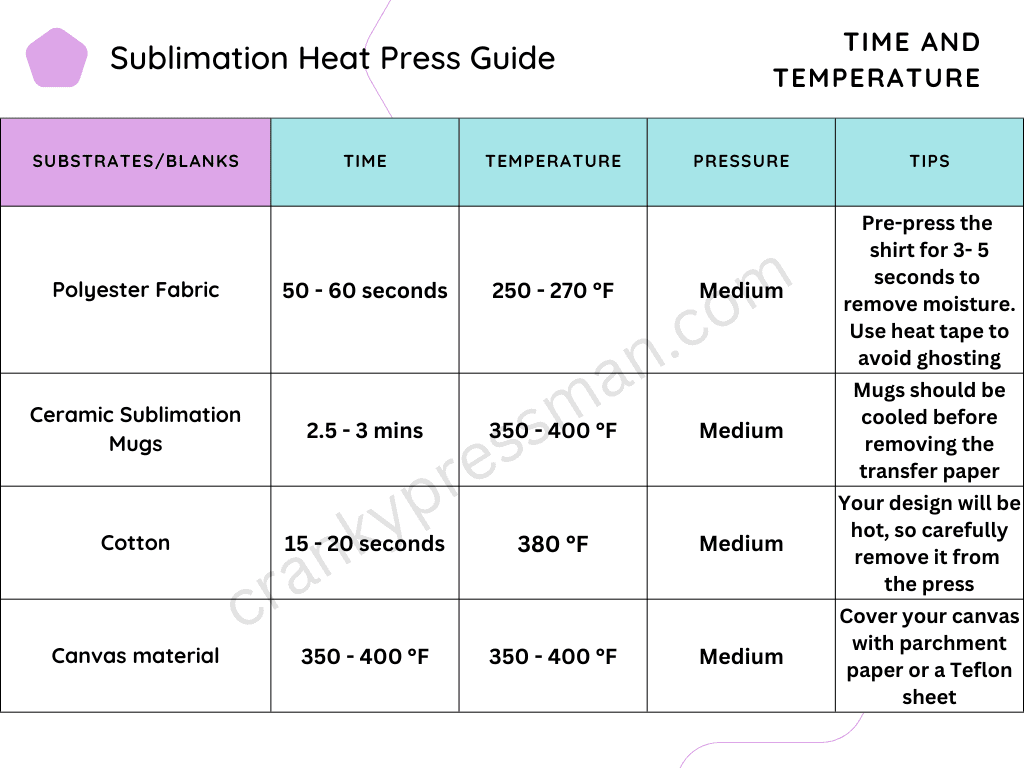
But what exactly are the correct temperature settings? Do they vary with each substrate? We will discuss all these doubts in detail. Let’s begin.
Sublimation Heat Press and Temperature Settings
| Material | Temperature | Time | Pressure |
| Polyester | 400° F | 35-40 seconds | 40 psi |
| Ceramic | 350-400°F | 150-210 seconds | 40 psi |
| Metal | 400° F | 60-80 seconds | 40 psi |
| Hardwood | 360-400°F | 40-80 seconds | 40 psi |
| MDF(fibreboard) | 400°F | 80-90 seconds | 40 psi |
| Plywood | 400° F | 60-70 seconds | 40 psi |
| Fiber-reinforced plastic | 380-400°F | 60-75 seconds | 40 psi |
Well, the sublimation heat press settings aren’t a ‘one shoe fits all’ approach. We learned it the hard way, but you won’t have to go through the same scenario again.
Each sublimation material has pre-defined temperature, timing, and pressure settings, which helps transfer the complete design from the sublimation paper.
However, if you purchase sublimation-ready products like fabrics and ceramic mugs, typically, your seller will share the correct settings for the material.
So, here is a list of the most common sublimation materials and their sublimation heat press settings:
Polyester: Polyester is an excellent substrate for sublimation because the fibers bond well with the sublimation ink. It is also the go-to choice for sublimation enthusiasts because printed apparel is a huge market. The recommended heat press settings for polyester are 400° F for 35-40 seconds at a medium pressure of 40 psi.
Ceramic: Ceramic sublimation is also an equally lucrative industry, but it requires a special heat press that can adjust to the product’s design. For best results, set the heat press to a 350-400°F temperature at 40 psi pressure. It takes a bit longer than polyester, between 150-210 seconds.
Metal: Metal sublimation looks shinier than any other sublimation material while retaining the details. Before sublimating on metal surfaces, always remove the plastic coating. Then warm up the heat press to 400°F and press the design for 60-80 seconds at a medium pressure of 40 psi.
Hardboard and MDF: Unlike metal, hardboard is an engineered wood product and needs 40-80 seconds of pressing time at a 360-400°F temperature range. Keep the pressure medium (40 psi).
For MDF, press the design at 400°F temperature and medium pressure for 80-90 seconds.
Plywood: If you are sublimating on plywood, remove the plastic coating and clean the surface before placing it in the heat press. Warm up the press to 400°F and press the design for 60-70 seconds at medium pressure.
Fiberglass Reinforced Plastics: FRP requires a little longer time than MDF. You must press the design for 60-75 seconds at medium pressure with a temperature of 380-400°F.
Why sublimation temp and time settings are important
Using the correct temperature and time settings with the best heat press is vital for vibrant and consistent sublimation. If your timings are off of the heat press is not hot enough, it can leave you with poor quality transfers onto your substrates. This is down to the fact that higher temps result in a vapor pressure increase but either side of optimum can result in a poor finish. Too high and you may see uneven spots, whereas too low in temps and you get a less vibrant result.
Durability
When done correctly, sublimation printing provides long-lasting designs that won’t fade or peel. The correct heat settings ensure that the ink fully penetrates the substrate and creates a strong bond with the material. This process is what makes it resistant to wear and tear, giving you durable prints. Sublimation printing with the incorrect heat settings can lead to poor adhesion, making your print susceptible to damage, and reducing its durability during washing or when out and about.
Professional results
Regardless if you are printing for yourself, friends, or customers, you want high-quality end results. Correct heat press settings not only ensure your designs look as they should on various substrates but they also minimize wastage of ink, paper, and materials.
Consistency is key for professional results and highly accurate temperatures are the best place to start with this. A lot of sublimation can be honed with trial and error but when you finally sync up perfect timing with the best possible temperature setting, you will be onto a winner.
Don’t forget to pre-press the substrate
Your settings could be spot on but sometimes a little pre-press may be required to ensure perfect printing results. A pre-press will help remove moisture, wrinkles, and other imperfections that can impact your print. This process will also help ensure better ink absorption and improve general adhesion.
If you are unfamiliar with a pre-press, simply close your press for a few seconds before applying your transfer.
Safety precautions when using various heat press machines
Even the best heat press machine will need careful safety considerations. There are very high temps involved (exceeding 400°F /204°C) with sublimation printing, even if you were to use a convection oven for sublimation. As such, safety is paramount to prevent accidental burns or even workplace fires.
Some substrates can retain heat for quite some time and will need to be removed from a heat press with gloves or speed if you have incredible heat tolerance. We advise you to grab a pair of heat-protective gloves so you can easily handle your prints and transfer them to a cooling tub or shelf without any discomfort or accidental harm.
It is also advisable to have key emergency equipment on hand just in case. Burn ointment and potentially even a small fire extinguisher. We also understand a lot of sublimation printers will be doing this at home, so we recommend trying to keep your heat press machines out of reach for both children and pets.
Lastly, a bit of a no-brainer but you should always remember to turn off and unplug your heat press machine. Some have built-in safety features that automatically stop them from continuing to produce heat but it is still good practice. It is worth also regularly maintaining your heat press, keeping an eye on the heating elements to ensure they are always in good condition.
Final word
Optimal sublimation heat press settings are crucial and allow the target substrate (material) will absorb the sublimation ink only if you get everything right. It includes the best print and color accuracy on the sublimation paper and the perfect heat press settings.
Printer manufacturers like Sawgrass always bundle a heat press guide for different materials. In addition, always check the packaging of the substrate and contact the seller to know the correct heat press settings for vivid sublimation results.
FAQ
The ideal temperature range is 350-400°F for 30-45 seconds. Apply medium pressure and place Teflon paper on both sides to avoid ink spillage on the heat press.
The temperature range will vary with different substrates. Refrain from second-guessing temperature and timings and check the packaging of the substrate for heat-pressing sublimation. Always warm up your heat press before printing the design. In addition, remove the moisture and wrinkles from the substrate by pressing it for a few seconds.
Like the temperature settings, the timing must be adequate to allow the ink to evaporate and transfer to the substrate. If you press the design for longer, the result will be dull and faded. Refer to our sublimation heat press settings chart for information on press time for different substrates.
You can sublimate a 100% polyester fabric at 380-400°F for 35-40 seconds. Since polyester binds well with sublimation ink, you don’t need to press it too long. However, ensure that the fabric is completely dry before sublimating the design.

